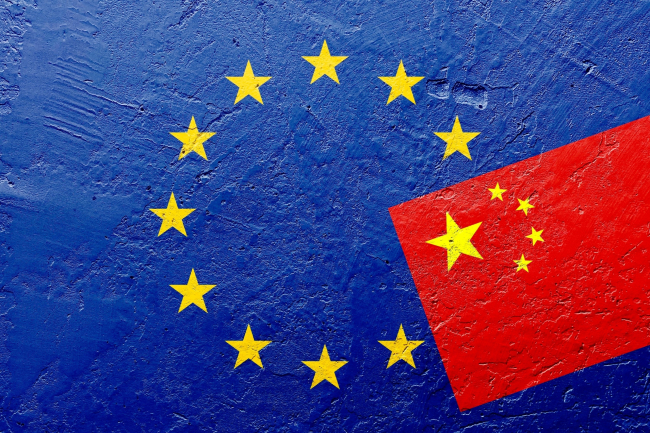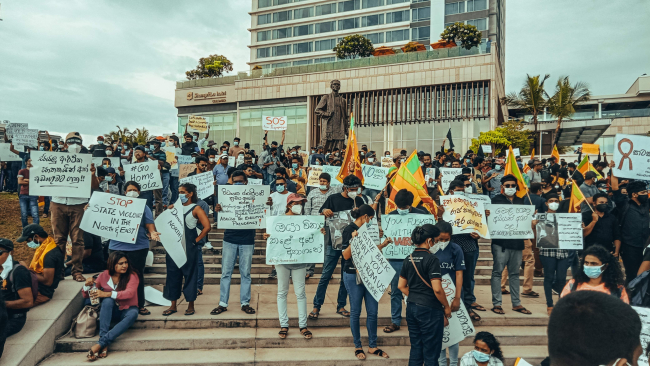An Analysis of North Korea's Principal Trade Relations

The Direction of Trade Statistics by IMF is the most representative statistical data for bilateral trade with North Korea. However, IMF statistics underestimate North Korea's international trade since they do not classify inter-Korean trade as international trade. Therefore, this study restructures statistics on North Korea by combining the IMF and inter-Korean trade data, and it analyzes the structure of North Korea's international trade. In addition, it conducts a unique analysis of trade structures, since other studies have not analyzed production processes in North Korean trade.
This analysis identifies six main characteristics of North Korea's trade:
First, import volume is much greater than export volume during the period between 1989 and 2008. North Korea has suffered from chronic trade deficits that worsened in the 2000s. The amount of trade deficit is almost equal to the amount of exports. Thus, the study of North Korean efforts to overcome its trade deficit is important for understanding the economic structure of North Korea. Unfortunately, it is hard to understand North Korean methods for overcoming the deficit due to lack of available statistics. Thus, based on our data, we can infer that North Korea resorts to unconventional methods to overcome the trade deficit, such as illegal missile trade.
Second, North Korean international trade is highly dependent on South Korea and China. Beyond these two nations, North Korea traded with various small and medium-size nations in North Africa and Central and South America.
Third, the structure of North Korean exports has gone through dramatic change, as the proportion of manufactured electronic components, radio, TV, and communications equipment in North Korea's total exports has increased. This change is due to support measures from the North Korean government, such as the establishment of the Ministry of Electronics Industry, to nurture its leading export industry.
Fourth, imports of machinery, electronic components, and communications equipment have increased rapidly as the North Korean export structure has changed. The import of products such as machinery and equipment indicates that North Korea has been improving and modernizing its aging industrial infrastructure. However, considering that the proportions of energy, food, and beverage still remain high in total imports, this study implies that North Korea is focusing on the import of products that are necessary in the near future rather than emphasizing enhancement of its export competitiveness.
Fifth, the production process analysis points out that the export of IT-related products has increased recently as a proportion of total exports. However, these products are found to be relatively low-level consumption goods, so the proportion of components is still low. During the period chosen for our analysis (1992-2006), the import of capital goods decreased, but the import of consumption goods increased. In other words, the trend shows that North Korean imports are merely being conducted to deal with short-term scarcity rather than to nurture industrial infrastructure. Unless North Korea normalizes the economy and enhances export competitiveness by importing capital goods, North Korea's international export will soon encounter limits. It is more likely that trade deficits will continue to worsen.
Sixth, the economic cooperation between North Korea and China is expected to strengthen and this increase in cooperation will affect the bilateral trade between them. In the past, their bilateral trade mainly consisted of raw materials and food, but the recent tendency has been to trade a diversity of goods, such as machinery, transformers, and IT-related products. The diversification of the products being traded signifies that China is the main supplier of North Korea's raw materials and products. Also, North Korea will depend on China as a consumption market for North Korean products.

Available in:
Regions and themes
ISBN / ISSN
Share
Download the full analysis
This page contains only a summary of our work. If you would like to have access to all the information from our research on the subject, you can download the full version in PDF format.
An Analysis of North Korea's Principal Trade Relations
Related centers and programs
Discover our other research centers and programsFind out more
Discover all our analyses
Opening up the G7 to South Korea to Address Contemporary Global Challenges
The G7’s global influence has diminished as powers like China reshape international governance through initiatives such as BRICS and the Shanghai Cooperation Organisation (SCO). With the G7 now representing just 10 per cent of the world’s population and 28 per cent of global GDP, its relevance is increasingly questioned.
Expanding SPDMM as a pivotal institution in the Pacific – A French perspective
The South Pacific Defence Ministers’ Meeting (SPDMM) is the only forum that brings together defense ministers from the wider South Pacific — including Chile, which is hosting it for the first time. This heterogeneous group of countries with varying resources, capacities, and interests — Australia, Chile, Fiji, France, New Zealand, Papua New Guinea (PNG), and Tonga — are united by their shared determination to strengthen cooperation on maritime security and humanitarian assistance and disaster relief (HADR) activities.
EU’s Derisking From China: A Daunting Task
With economic security as a major concern, the EU has recently turned to “derisking” from China. The EU strategy entails reducing critical dependencies and vulnerabilities, including in EU supply chains, and diversifying where necessary, while recognizing the importance and need to maintain open channels of communication.
Sri Lanka’s NPP Government. From System Change to Structural Compliance
In September 2024, a relative outsider to Sri Lanka’s two-party-dominated political system, Anura Kumara Dissanayake, won the presidential elections. The anti-establishment, populist movement he represented, the National People’s Power (NPP), went on to receive an overwhelming mandate in the November 2024 general elections, winning 159 seats in a 225-member parliament.








